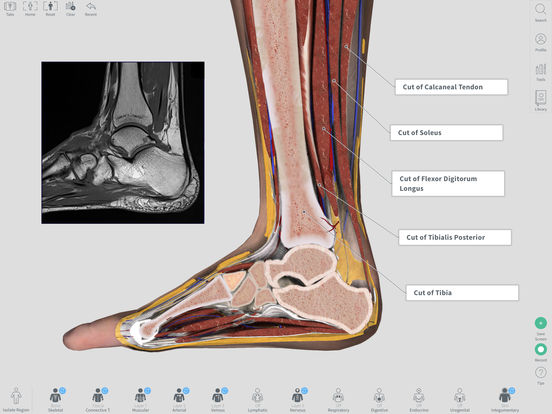
The duodenum contains Brunner's glands which produce a mucus-rich alkaline secretion containing bicarbonate. The digestive enzymes break down proteins, and bile emulsifies fats into micelles. Duodenum: A short structure (about 20–25 cm long ) which receives chyme from the stomach, together with pancreatic juice containing digestive enzymes and bile from the gall bladder.Its main function is to absorb the products of digestion (including carbohydrates, proteins, lipids, and vitamins) into the bloodstream. The combination of the circular folds, the villi, and the microvilli increases the absorptive area of the mucosa about 600-fold, making a total area of about 250 m 2 (2,700 sq ft) for the entire small intestine. Its mucosal area in an adult human is about 30 m 2 (320 sq ft).

The small intestine begins at the duodenum and is a tubular structure, usually between 6 and 7 m long. Main articles: Small intestine, Duodenum, Jejunum, and Ileum This is a thin muscle which is derived from the embryonic mesoderm. The suspensory muscle is an important anatomical landmark which shows the formal division between the duodenum and the jejunum, the first and second parts of the small intestine, respectively. The suspensory muscle attaches the superior border of the ascending duodenum to the diaphragm. The four segments of the duodenum are as follows (starting at the stomach, and moving toward the jejunum): bulb, descending, horizontal, and ascending. Upon dissection, the duodenum may appear to be a unified organ, but it is divided into four segments based upon function, location, and internal anatomy. This differentiates the embryonic borders between the foregut and midgut, and is also the division commonly used by clinicians to describe gastrointestinal bleeding as being of either "upper" or "lower" origin. The exact demarcation between the upper and lower tracts is the suspensory muscle of the duodenum. The upper gastrointestinal tract consists of the mouth, pharynx, esophagus, stomach, and duodenum. Main articles: Mouth, Pharynx, Esophagus, Stomach, and duodenum These digestive hormones, including gastrin, secretin, cholecystokinin, and ghrelin, are mediated through either intracrine or autocrine mechanisms, indicating that the cells releasing these hormones are conserved structures throughout evolution. Cells of the GI tract release hormones to help regulate the digestive process. The gastrointestinal tract contains the gut microbiota, with some 1,000 different strains of bacteria having diverse roles in maintenance of immune health and metabolism, and many other microorganisms. It is considerably shorter in the living body because the intestines, which are tubes of smooth muscle tissue, maintain constant muscle tone in a halfway-tense state but can relax in spots to allow for local distention and peristalsis. The whole human GI tract is about nine metres (30 feet) long at autopsy. The tract may also be divided into foregut, midgut, and hindgut, reflecting the embryological origin of each segment.
#Complete anatomy 5 vs 3 plus#
The complete human digestive system is made up of the gastrointestinal tract plus the accessory organs of digestion (the tongue, salivary glands, pancreas, liver and gallbladder).

The GI tract includes all structures between the mouth and the anus, forming a continuous passageway that includes the main organs of digestion, namely, the stomach, small intestine, and large intestine.

The human gastrointestinal tract consists of the esophagus, stomach, and intestines, and is divided into the upper and lower gastrointestinal tracts. Exceptions are more primitive ones: sponges have small pores ( ostia) throughout their body for digestion and a larger dorsal pore ( osculum) for excretion, comb jellies have both a ventral mouth and dorsal anal pores, while cnidarians and acoels have a single pore for both digestion and excretion. Most animals have a "through-gut" or complete digestive tract. Gastrointestinal is an adjective meaning of or pertaining to the stomach and intestines. Food taken in through the mouth is digested to extract nutrients and absorb energy, and the waste expelled at the anus as feces. The GI tract contains all the major organs of the digestive system, in humans and other animals, including the esophagus, stomach, and intestines. The gastrointestinal tract ( GI tract, digestive tract, alimentary canal) is the tract or passageway of the digestive system that leads from the mouth to the anus.


 0 kommentar(er)
0 kommentar(er)
